Day 10 (December 30th, 2014)
An excursion to Fuji-san (as the Mt. Fuji is called in Japan) was now on the agenda. The famous highest mountain in Japan is a volcano. It has erupted eighteen times since records began. The last known eruption occurred in the Edo period on December 16th, 1707 and lasted for about two weeks. After it was raining almost all the time during the last days, we were incredibly lucky on our trip. The sky was bright blue, just perfect for beautiful pictures of the holy mountain.
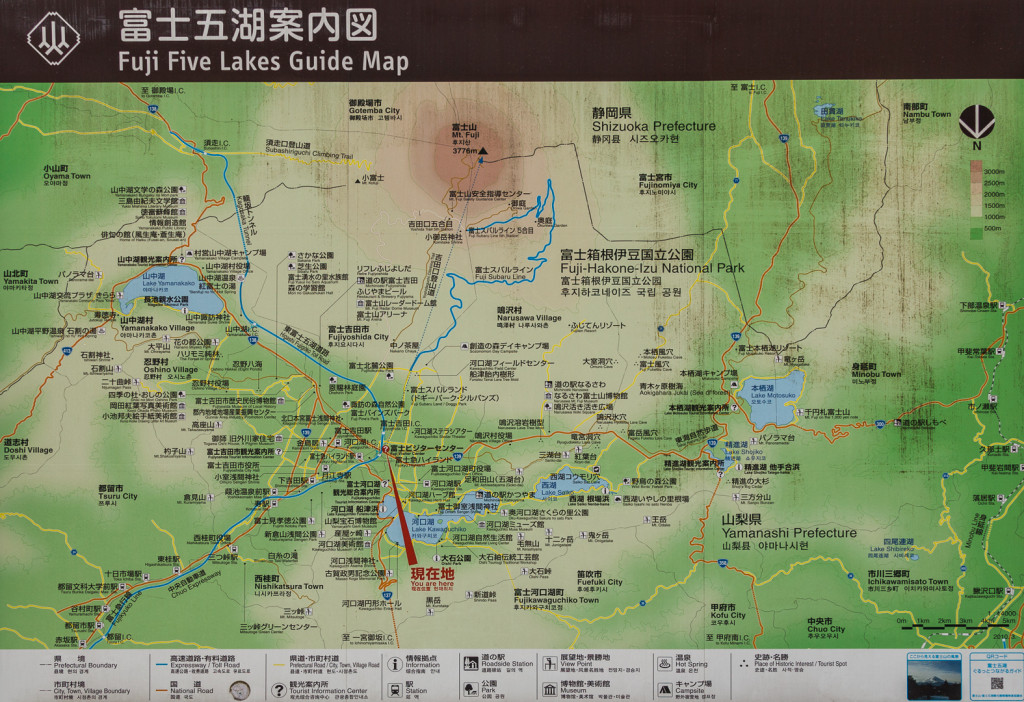
After a good 2 hour drive we arrived at the visitor center. There is a lot of information about the geology of the mountain and from the terrace you could have a first look at it.
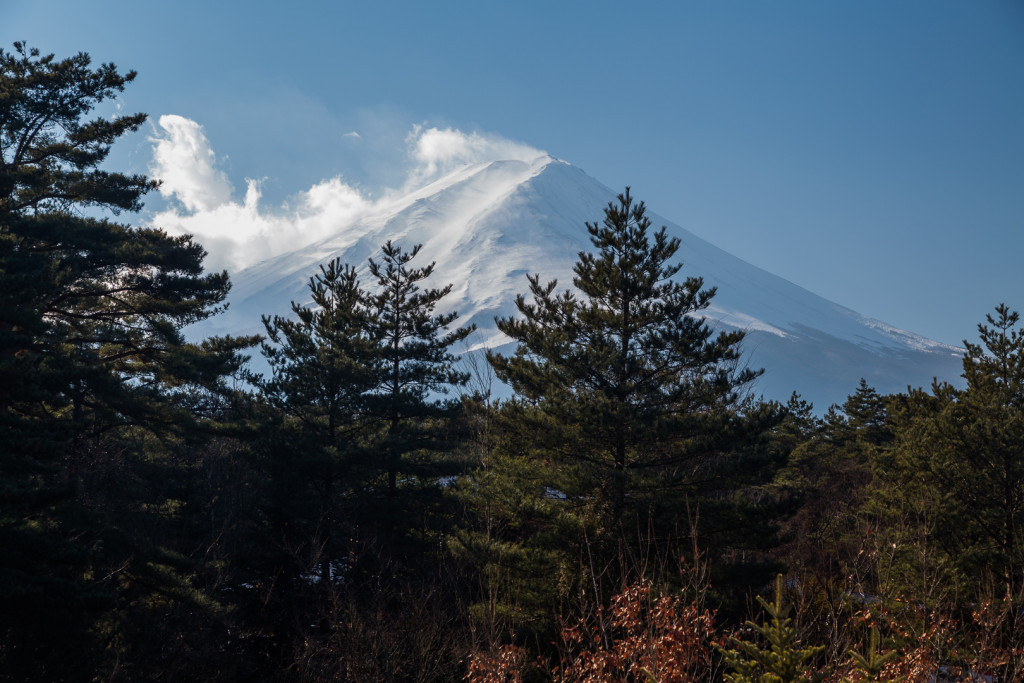
We continued to Lake Kawaguchi (one of 5 lakes at Mt. Fuji). From there you have a great view of the impressive mountain with the lake in the foreground.
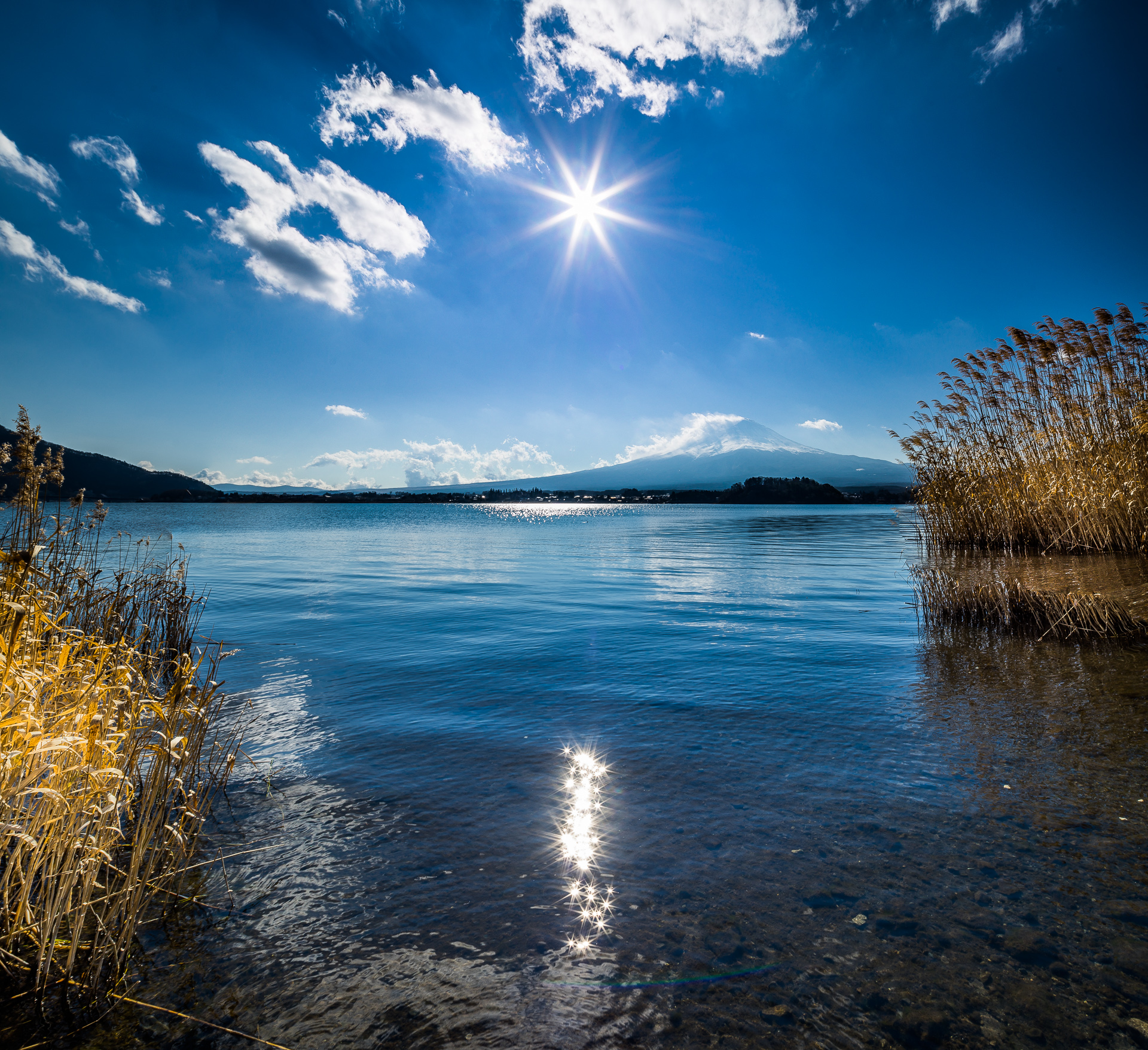
We had lunch in a rustic inn. There we were the only non-Japanese people and we had ” home-style cooking”, a lot of dishes that are also sold in ready-made bentos. We didn’t know exactly what all this was, but it tasted very good.
The whole area is densely wooded, the landscape is very beautiful and would invite us, if we had more time, to an extensive hiking photo tour. But so we drove on to a view point with a windmill! according to a German model. Somehow bizarre, but the view of the Fuji is great.

The next stop was Hakone. From there you cannot see the mountain because of a chain of mountains in between. We took a cable car from there to Owakudani station (sulphur valley or valley of the big steam). In the mountains around Hakone there are many hot springs with sulphur water. The smell is very present. Up there, eggs are boiled in the hot water (Onsen-Tamago). This is done continuously up there. The fresh and “vulcanized” eggs are transported between the spring and the sales stand by a specially built mini-cable car. The sulphates and iron ions dissolved in the spring water discolour the egg shells. These then black eggs should guarantee a long life when consumed. The eggs were very popular, the business with them seemed to go very well, but we didn’t dare.
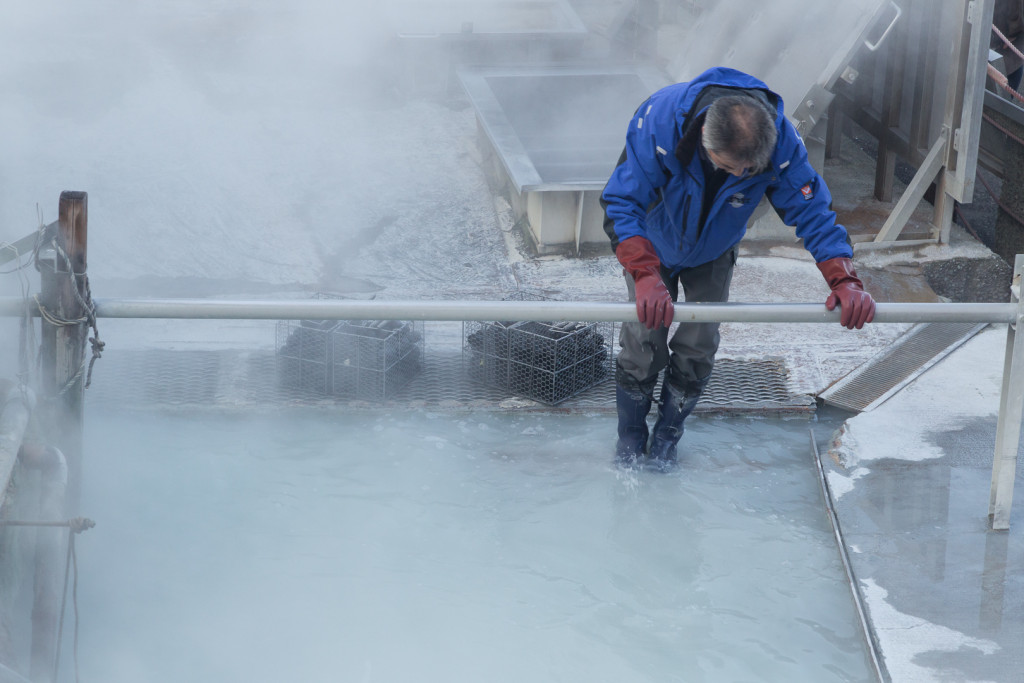
From up there we had again a beautiful view of the holy mountain. It was an unbelievable luck to be able to see it like this, because otherwise it is very often hidden behind clouds - that’s why it is also called “shy mountain”.
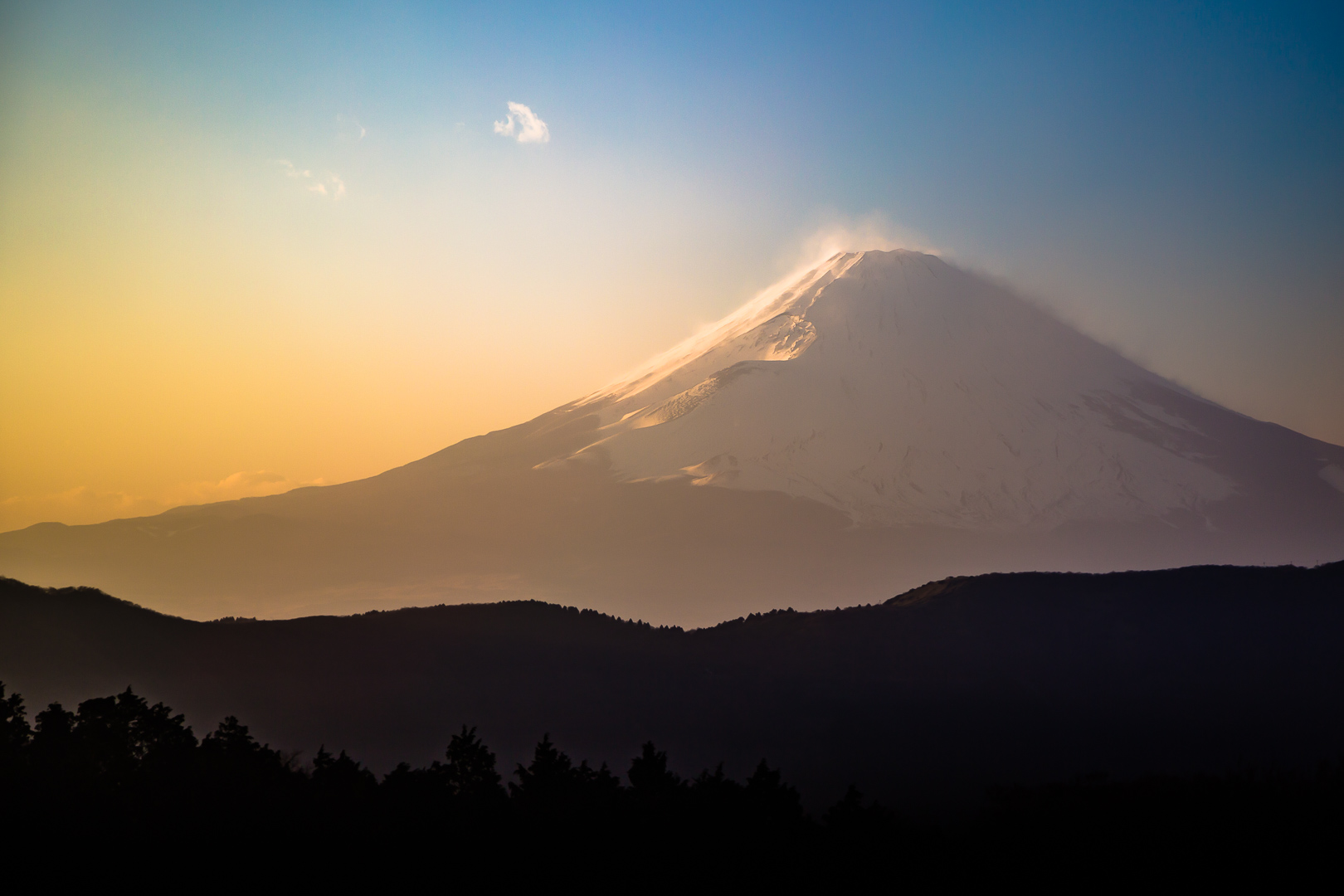
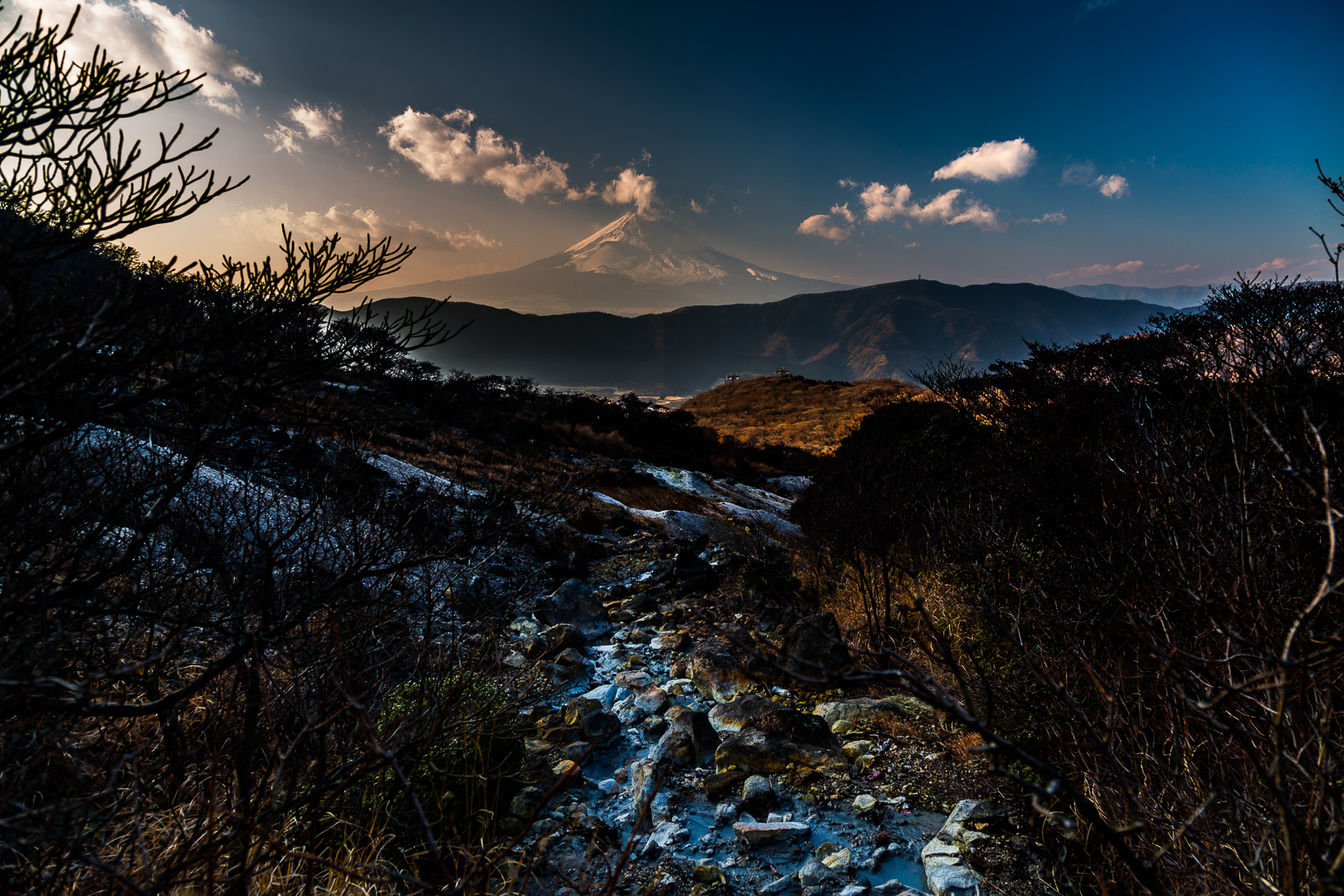
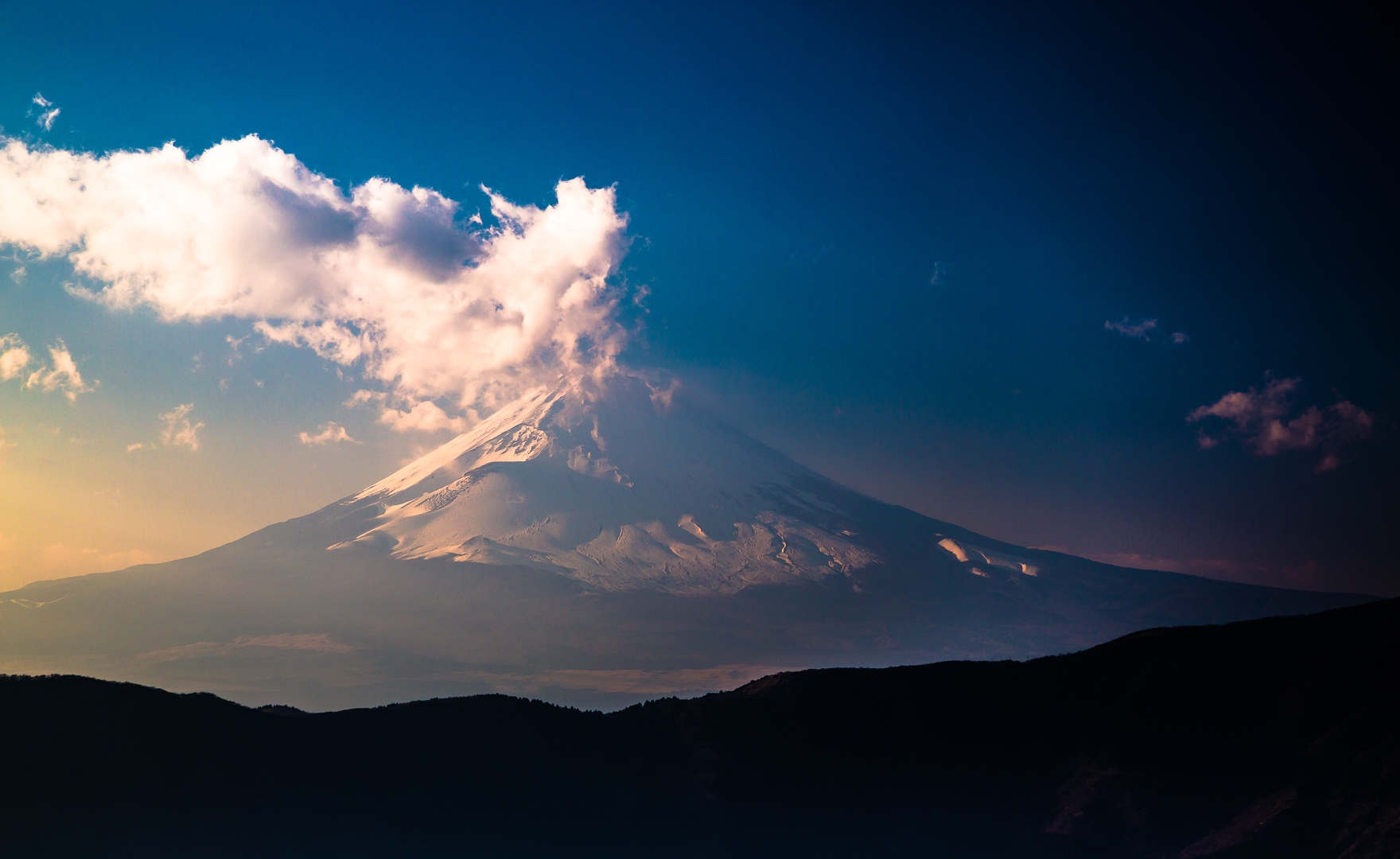
On Lake Ashi, on which Hakone is located, you can also take a “pirate boat”, but we missed the last boat, so we continued by car back to Tokyo. On the way back the mountain showed up again in the last dusk.
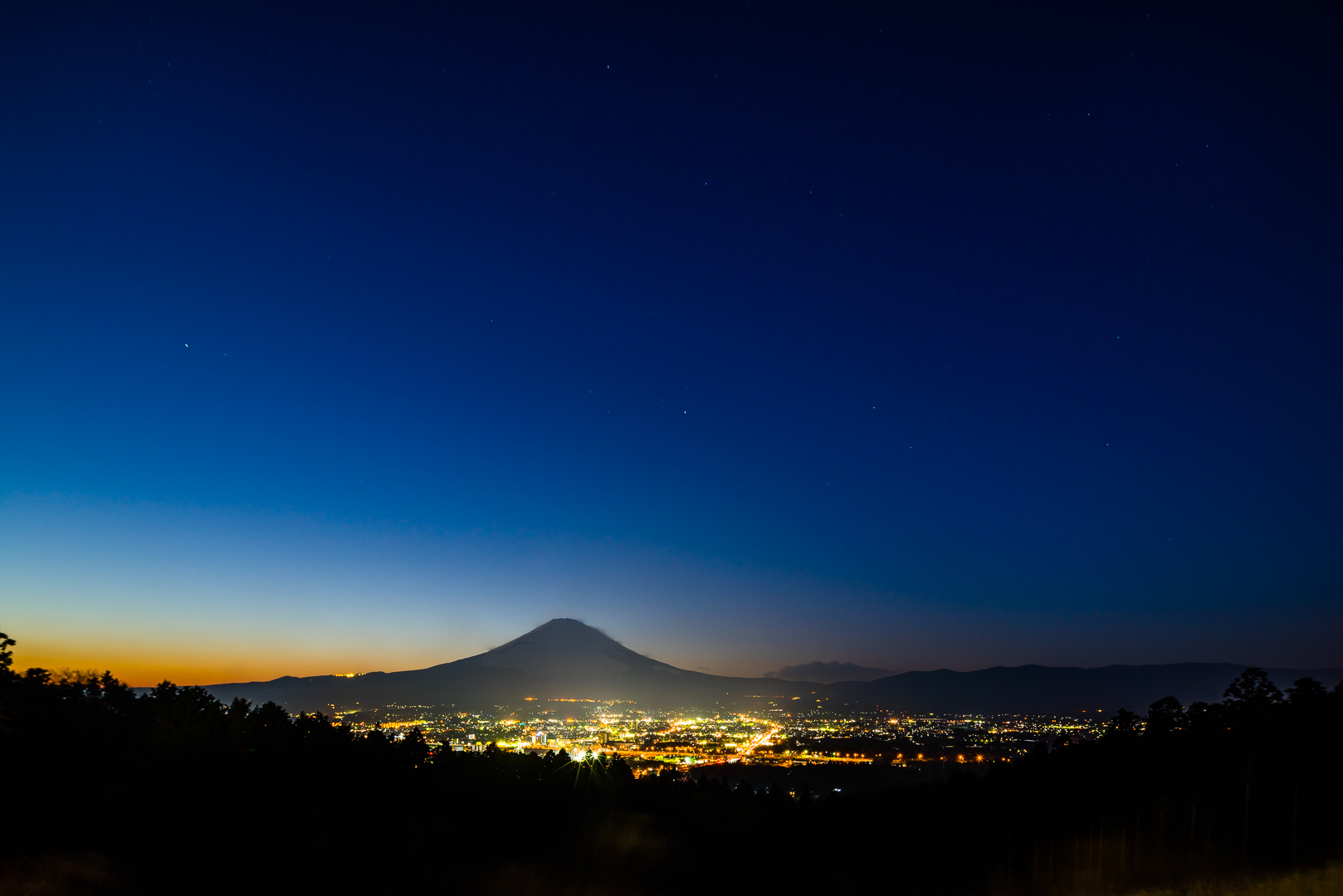
We liked the trip very much, we plan to spend several days in this area during our next visit to Japan (which we will definitely do).
